Take a little nibble of frybread and close your eyes.
Hear the ancient winds chanting through the canyons?
Feel the sunlight on your bare skin?
Smell the cedar and sage perfuming the air?
Can you taste the blessing of life?
More than 500 Native American tribes can. For them, frybread history epitomizes a time when they were destitute and steeped in hopelessness. Uprooted from their homelands, and incarcerated on reservations mapped out by the U.S. government, Indigenous people were no longer privy to familiar hunting, trapping and fishing domains. Starving and relying on scarce Army rations in the 1800s, Native Americans concocted a simple bread that became a lifesaver.
History’s Most Startling Frybread Story
Between 1864 and 1866, scout Kit Carson and the U.S. Cavalry drove the Navajos (Diné) from their homes on the Colorado Plateau to Window Rock, Arizona. From there, they were herded like cattle to Fort Sumner, New Mexico, a reservation along the Pecos River in eastern New Mexico.
Navajos called it Hwéeldi.
 Fifty-three forced marches in all.
Fifty-three forced marches in all.
As many as 8,000 Navajos uprooted.
Three to four hundred grueling miles on foot.
Hundreds died.
Slow, elderly or injured Navajos were often shot and killed.
History calls it The Long Walk of the Navajo.
“Many of the Navajo people went to the Arizona mountains to hide. Some of the people are still living there. The Navajos who lived in the desert or valleys had no place to hide. They were either captured for slaves or killed. Some of the people who were captured were taken to Hwéeldi [Ft. Sumner] as captives.” (John Beyale, Sr., OHLW 1989:42) – From A Navajo Diaspora: The Long Walk to Hwéeldi, by Neal W. Ackerly, Ph.D.
While imprisoned in Fort Sumner, the Diné were given Army rations of flour (varmints included), salt, lard and water. From those few simple ingredients, they created pliable dough, fashioned it into balls, stretched it and fried it in hot lard.
Voilà . . . frybread!
It saved their lives.
It gave them hope.
It ensured the survival of their tribe.
Forget About Frybread?
 Most Native Americans share a love and respect for frybread. In recent years, a movement to disqualify frybread as a staple of Native American culture has mostly fallen flat. Who gives up a comfort food that symbolizes the spirit of persistence?
Most Native Americans share a love and respect for frybread. In recent years, a movement to disqualify frybread as a staple of Native American culture has mostly fallen flat. Who gives up a comfort food that symbolizes the spirit of persistence?
Cut back on eating it and use discretion? Sure. But give up frybread? Never!
It’s round.
It’s puffy.
It’s fried.
It’s delicious.
It’s even funny!
Frybread is Funny?
Yes.
T-shirts, cartoons, comedians, competitions and even movies make light of the soul food of the Indigenous.
All tribes want to claim frybread as their own, and they kid each other about who makes the best. Now, “More Than Frybread” is the only feature length film devoted entirely to the love and passion of frybread. It features a fictional frybread competition among twenty-two tribes and spoofs all that is sacred – and not-so-sacred – about the golden-brown delicacy.
You know you want to check it out!
So, eat it plain or stack it high with everything from meat, chicken, and olives to salad, fruit, honey or jam. Just remember…when you take a bite out of frybread, you’re taking a bite straight out of history.
What’s your favorite way to enjoy frybread? Do you make it yourself? Is it a recipe passed down from your grandmother/mother/aunt? For a delicious homemade version, see Lolita Tsosie’s Navajo FryBread recipe. A little simpler version can be found here. Don’t forget to buy your Blue Bird flour first – it’s the best!
Hwéeldi Bééhániih








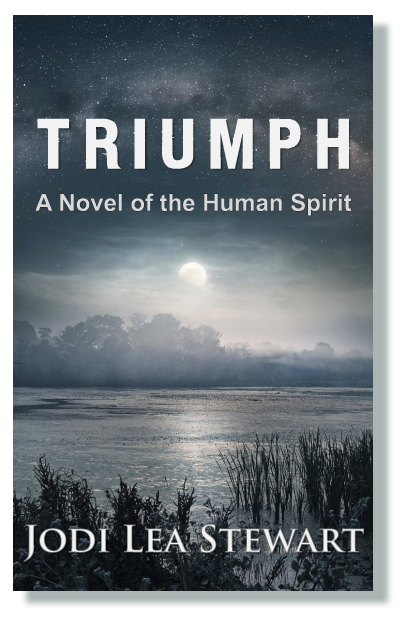



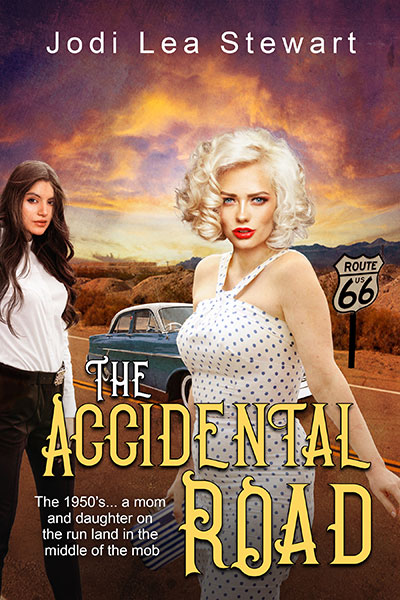
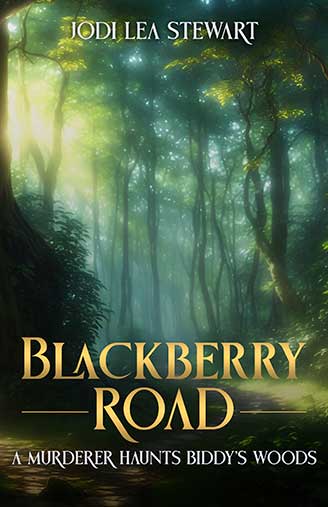
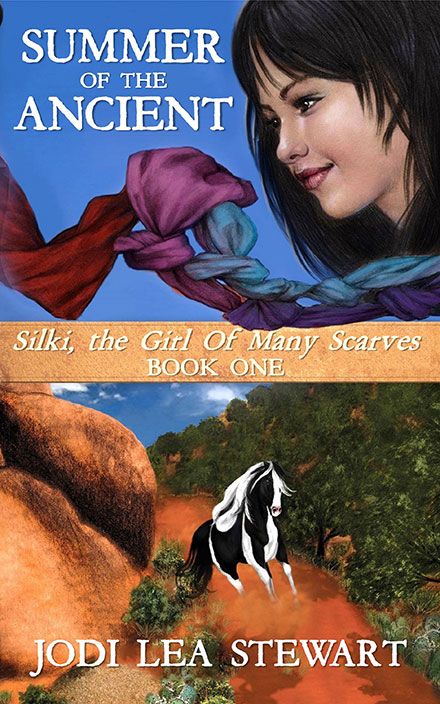
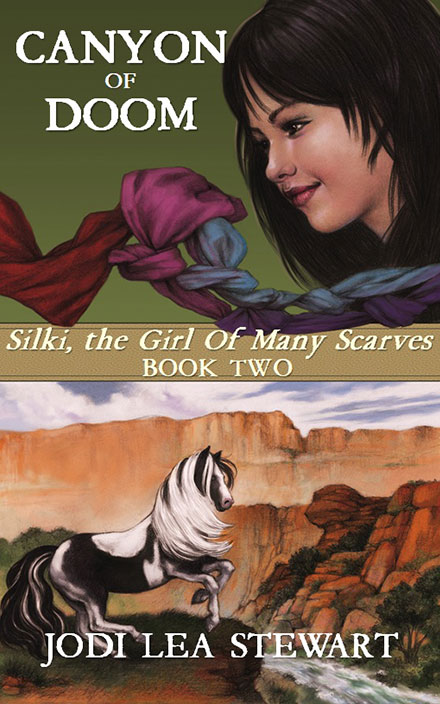

Yum! Haven’t had frybread since I was a kid, but I’ll be on the lookout for it now. Thanks!
Where did you have frybread as a kid, Liv? So many folks from up north or from the east coast areas haven’t ever tasted it. I’ll bet you remember it makes a fabulous taco with meat, cheese, lettuce, tomato and cheese…maybe a little sour cream piled on top. Whoops! Making me hungry!
My maternal grandmother used to make frybread for me for lunch when I was a pre-schooler. I always thought it was Southern Cherokee/Catawba, and glad to know more of its history.
What a wonderful memory, RLB! Do you also make frybread? Anytime you want to share a recipe, I have a Chuckwagons & Campfires section on my blog. I’d love to share it and give you credit for it.
One of the “fun” aspects of frybread is that nearly every tribe claims it as their own special food. So, it really was Southern Cherokee/Catawba, after all. Thank you so much for stopping by! Come back soon, okay?
I haven’t made any, and don’t remember my mom or other relatives serving it, either; as I’m learning to cook, I’ll likely try my hand. The time I tried to make Cherokee bean bread was a total failure. Maybe it was the electric stove’s fault, when what I need is a wood stove.
I actually understand that! When we first made my grandmother’s Christmas Cake (see Chuckwagons&Campfires above), we had to consider that she made hers with an old wood stove. Very different! We altered accordingly. Both frybread recipes I have in the Chuckwagons&Campfires section are very good if you want to try them. Good luck with your cooking! Tell us how it goes, okay?
I first had frybread when we visited the Taos pueblo. I came from an Italian background and my grandmother and my mom made fried bread. It reminded me of that. Definitely comfort food.
That’s so interesting, Karen! Now I’m wondering if every culture might have some version of frybread since it’s so inexpensive to make and tastes so heavenly. Hmm…
Gorgeous photo at the top! I’ve never had frybread but I definitely want to try some now. Thanks for sharing the history about it.
You’re sure welcome, Tami. Make a point of vacationing in the Southwest one of these days. You’ll have no trouble finding frybread or Navajo tacos!
I love frybread. I last had it just north of Sedona from a woman selling it on the side of the road. She sprinkled cinnamon on it. Thanks for the history. Why would anyone want to disqualify it as part of the culture?
Well, because of the fat and white carbs and all that. But everything in moderation, right? But frybread isn’t just a food to many – it’s a cultural and emotional experience!
Everything is so rich in history. I hope frybread is never forsaken simply because it is not healthy. When something carries so much meaning, it’s value goes far beyond that of watching your cholesterol and fat intake. Thanks for sharing this Jodi!
Is this what they sell at southern fairs and call ‘elephant ears’? If so, I could eat my weight in this!
It’s one of the basic food groups, isn’t it?
Elaine, I don’t know. Truly, I’ve never heard of elephant ears. But if they are similar to frybread, of course they are a basic food group! ;D
Loved this! I remember having fry bread as a kid. My maternal grandmother made it. Her mother was 1/2 Cherokee. I also enjoy learning more about Native American history. Now I’m off to check out that recipe. Thanks for the memories! 🙂
You’re so welcome, Rhonda! Let’s see…that makes you 1/16 Cherokee. That’s quite a lot, actually! If you tried the recipes, check in sometime and tell us how they turned out!